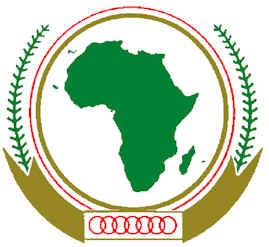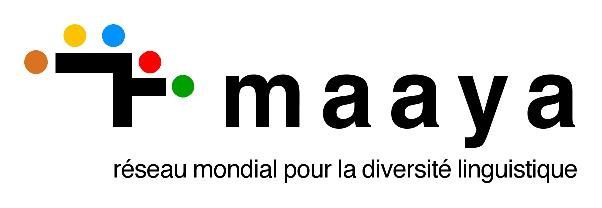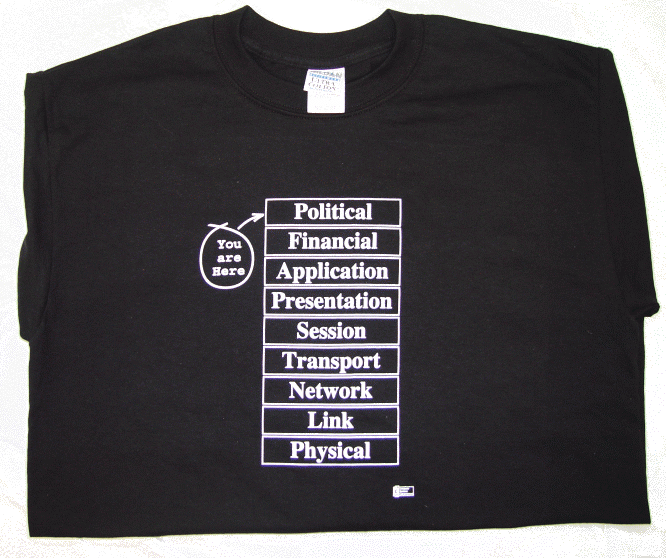A Multilingual Namespace for the Cyberspace
Un Nommage Multilingue pour le Cyberespace
Panel on Stakes related to the promotion of
Multilingualism in the Cyberspace
Panel sur les enjeux de la promotion du
Multilinguisme dans le Cyberespace
FORUM INTERNATIONAL DE BAMAKO SUR LE MULTILINGUISME
BAMAKO INTERNATIONAL FORUM ON MULTILINGUALISM
19-20-21 Janvier /January 2009, Bamako, Mali
Francis MUGUET
| Legal Notice: Observations and opinions expressed in this presentation, as usual in any scholarly presentation, do not represent the official view of any institution, coalition or entity. |
WSIS - SMSI
|
WSIS recommendations :
53. (Tunis Agenda) We commit to working earnestly towards multilingualization of the Internet, as part of a multilateral, transparent and democratic process, involving governments and all stakeholders, in their respective roles. In this context, we also support local content development, translation and adaptation, digital archives, and diverse forms of digital and traditional media, and recognize that these activities can also strengthen local and indigenous communities. We would therefore underline the need to: Recommandations du SMSI : 53 (Tunis Agenda) Nous prenons l’engagement d’œuvrer résolument en faveur du multilinguisme de l’Internet dans le cadre d’un processus multilatéral, transparent et démocratique faisant intervenir les pouvoirs publics et toutes les parties prenantes, en fonction de leur rôle respectif. Dans ce contexte, nous prônons en outre l’utilisation des langues locales pour l’élaboration de contenus, la traduction et l’adaptation, les archives numériques et les diverses formes de médias numériques et traditionnels et nous sommes conscients que ces activités peuvent également renforcer les communautés locales et autochtones. De ce fait, nous souhaitons insister sur la nécessité : |
INTRODUCTION
|
Multilinguism is one one of the key aspect of the new Information Society Multilinguistic Tools are required to access Multilingual Content, otherwise this is incoherent People have a right to be able to express oneself in their mother tongue. Linguistic diversity is the key to creativity, because one thinks in a language, and different languages are leading to a richness of concepts. Linguistic diversity is the key to peace, because it teaches understanding of other cultures. So lets start to review, with some humor, the current situation. Let not be afraid of technical aspects Power is in the Code... |
PUNYshment for Domain Names
|
and PUNYshed from Mail ?
|
BIND : the Key Software
|
Implementing Net4D :
BIND, as a PUBLIC RESSOURCE
|
Probably because of its academic author, it is very fortunate that BIND allows to carry different resolving services related to different classes of network. 2.1.3 Resource Records : The data associated with domain names are contained in resource records, or RRs. Records are divided into classes, each of which pertains to a type of network or software. Currently, there are classes for internets (any TCP/IP-based internet), networks based on the Chaosnet protocols, and networks that use Hesiod software. (Chaosnet is an old network of largely historic significance.) The internet class is by far the most popular. (We're not really sure if anyone still uses the Chaosnet class, and use of the Hesiod class is mostly confined to MIT.) This possibility has been mostly ignored except for the proposal made by John C Klensin for a new class that is not limited to ASCII from its initial definitions. This would have allowed to a cleaner Internationalized Domain Name system, instead of relying on the patch that constitutes Punycode. However, the seamless implementation of such a two class system, where records of a new class are used as remedies to the shortcomings of the class "IN" would have created technical difficulties. These problems should not occur when starting with only one class, conceived from the onset for internationaliization. |
The RFC 2929
This leaves the possibility of at least 32512, and at most 216= 65536 - 5 ( taken by the IN, CH, HS, None, Any classes ) = 65531 classes ( among which 255 for private use ) that could be used to carry other DNS services, if QCLASS / CLASS distinction is not retained. |
More about Classes
|
TECHNICAL IMPLEMENTATION ASPECTS
|
TECHNICAL IMPLEMENTATION ASPECTS (II)
|
TECHNICAL IMPLEMENTATION ASPECTS (III)
|
Net4D, networks to empower
the second generation of the Web: the Semantic Web
|
Empowering the Semantic Web for Multilingualism
|
It is proposed to create Linguistic SWgTLDs or LSWgTLDs. An extension shall be assigned to each language according to the three-letter code ISO 639-2 ) so that sites or sites' versions written in specific languages can be easily found and identified. It would facilitate greatly the task of search engines and would foster linguistic diversity. The main points of the breakthrough are the following :
|
A more efficient Automatic Translation
|
Automatic translation would be much improved if automatic tools could work with several human certified translations of the same text. |
Saving Language Diversity through Automatic Translation
|
Language Diversity without interfacing/translating = Intellectual Isolation Language Diversity with interfacing/translating = Intellectual Enrichment People would be more eager to keep a language alive if they know they are going to be able to communicate with other linguistic groups. |
GOVERNANCE
|
A NEW GOVERNANCE ?
|
CONCLUSIONS
|


